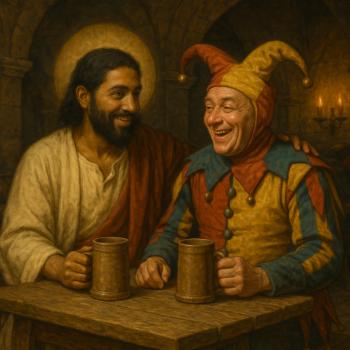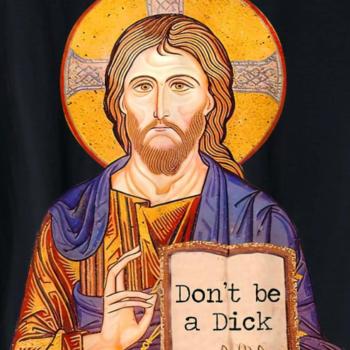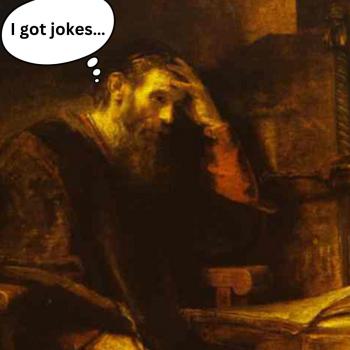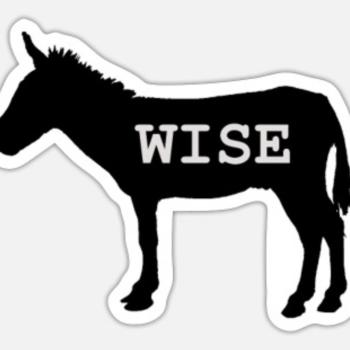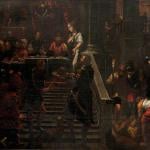How do you make any sense of history, art or literature without knowing the stories and iconography of your own culture and all the world’s main religions? – Polly Toynbee
When we Westerners create our icons, we do delve into the human figures throughout our history. There is something to say about the way an icon moves us to heal and liberate ourselves and the people around us. An icon can also have the opposite affect: Imprison and damage our way of being and others. We can see from human history, not all icons were worthwhile. In the end, it’s all about how we interpret the figure that we wish to iconize and how we put that vision into practice.
The origins of iconography take place within Christianity; with the images of Jesus and the saints after him. Western culture has taken this theme and has made it into a more “secular” phenomenon. We see this with past presidents, sports figures, social activists, etc. Some religious practitioners (fundamentalists mostly) find this to be disturbing due to the reasoning of making humans out to be “gods”.
How can we bring out these secular beings into the space of Jesus (they would say)? Aren’t we making icons into idols, then? I would say: Hell no! Here is why: By making humans into icons we begin to step into the reality of the incarnation of Christ. We experience that we all can make some type of change through healing and liberation. Its what Jesus did by being his true human self.
Let’s take the tragic death of Kobe Bryant for example. We have seen Kobe do some amazing things on and off the court. He became a great father, husband, activist, and friend. By his example and iconic status, others followed in his footsteps and made a difference. Is this not Christ-like? Others do not see it that way. This is from a tweet from an individual who did not see it this way:
“Kobe dies & the world goes crazy; the son of God dies for wicked humanity & very very few care” [1]
Without going into too much of a critique with this quote, I would just like to point out how this individual missed the point of the significance of Kobe Bryant’s death and the death of Jesus’. When we come to the realization that all deaths from the beginning to the end of time, from the ages of ages, have always been connected to the death of Jesus, we see that all deaths carry the importance of resurrection. This doesn’t always need to be the physical resurrection (although important) but also the symbolic resurrection, that helps all to wipe of the ashes of our current sadness and rise to a new transformed existence.
This is what the ancient church attested to the iconography of saints. It was the correlations that death has been trampled by death, and that Jesus resurrection involved the whole creation. The point of icons is not to idolize them, but to participate in their healing and liberating life. We are not these perfect beings that have no flaws and scars! To think an icon is any different from us is to fail to see the point of being an icon in the first place. To think that to see one as some sort of icon is a way to be irresponsible for ourselves and how we act in the world, is being bamboozled. When we depend solely on an icon, without seeing that icon in our enemies, we will never bring about a world of peace and love. It is why icons exist, to enable us to see the least of these as God. The Universal Spirit is calling us to the oneness of it all. Maybe we can beckon to Her call and embrace the unity of a curative icon…
Modern man has been in search of a new language of form to satisfy new longings and aspirations – longings for mental appeasement, aspirations to unity, harmony, serenity – an end to his alienation from nature. All these arts of remote times or strange cultures either give or suggest to the modern artist forms which he can adapt to his needs, the elements of a new iconography- Herbert Read



